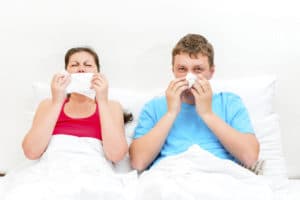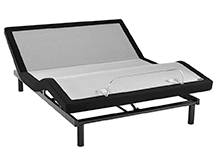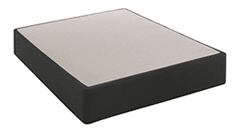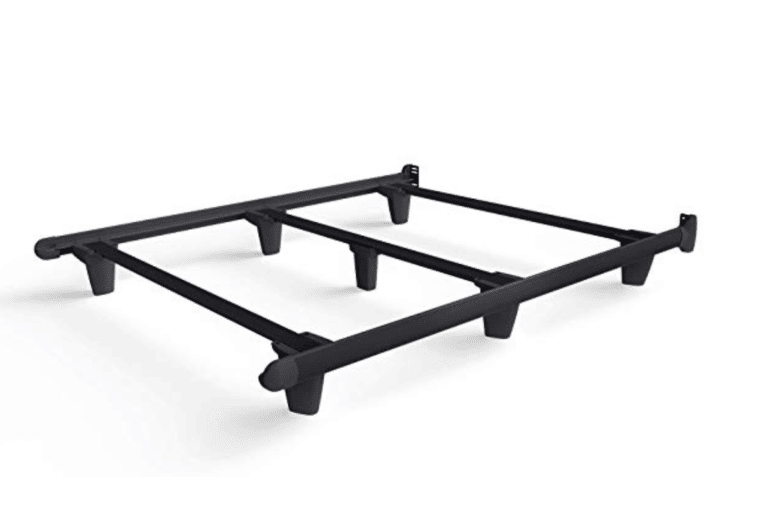
There are two common types of mattress allergies: latex allergy and dust mite allergy. The average adult getting the recommended seven hours of sleep a night spends 2,555 hours on his or her mattress a year. Naturally, if there are persistent and inexplicable health issues, it makes sense to question whether the mattress itself may be contributing to the problem in some way. The best way to know for sure whether you’re one of the 20 million Americans allergic to dust mites or more than 3 million Americans allergic to latex is to be tested by an allergist. However, here are a few signs and symptoms to look out for, in addition to product suggestions to help you get a more comfortable night’s rest.

Symptoms from mattress allergies may include everything from headaches, joint aches and arthritis, to unexplained rashes, eczema and lumps, to nausea, dizziness and persistent flu-like symptoms. Allergic reactions are more common in people with already diminished immune systems or genetic history, but they may stem from several different triggers.
Memory foam mattress allergies are rare, but if you are concerned about being allergic to memory foam chemicals, then try 100% natural Talalay foam latex – which is made from pure tree sap of the rubber tree. On the other hand, if you’re allergic to latex, then you may want to try memory foam – which is made from high-density polyurethane. Either memory foam or foam latex would be a superior choice to traditional inner spring mattresses if you are looking to have a dust-mite-proof mattress.
The type of mattress you buy matters less than the type of special mite-proof covers purchased for your mattress and pillows. The best mattress cover for allergies is one that does not allow mites to penetrate, but is soft to the touch.
 People who are worried about being allergic to pillow stuffing can find many different types of pillows on the market geared toward allergy sufferers in particular. The type of pillow stuffing you choose boils down to a matter of personal preference, so it’s best to speak with a qualified Sleep Specialist at Mattress World Northwest to discover which choice may best suit your needs.
People who are worried about being allergic to pillow stuffing can find many different types of pillows on the market geared toward allergy sufferers in particular. The type of pillow stuffing you choose boils down to a matter of personal preference, so it’s best to speak with a qualified Sleep Specialist at Mattress World Northwest to discover which choice may best suit your needs.
Always keep in mind that in most cases the pillow itself matters not nearly as much as the type of cover you put over it.

While you can't go wrong with any of our mattresses, here are a few factors you'll want to consider before making a purchase: your sleep position (and if you have a partner, theirs as well), the size of the space, and a price point. If you have any questions, rest easy knowing that our team is happy to help you find that perfect fit.
| Size | Dimensions |
|---|---|
| Twin | 38″ wide x 75″ long x 9.25″ tall |
| Twin XL | 38″ wide x 80″ long x 9.25″ tall |
| Full | 54″ wide x 75″ long x 9.25″ tall |
| Queen | 60″ wide x 80″ long x 9.25″ tall |
| King | 76″ wide x 80″ long x 9.25″ tall |
| Cal King | 72″ wide x 84″ long x 9.25″ tall |
| Split King (2pk) | 38″ wide x 80″ long x 9.25″ tall |
Mattress World Northwest makes it easy to choose the right foundation for your space and lifestyle.



Reliable support for your boxspring and mattress.
